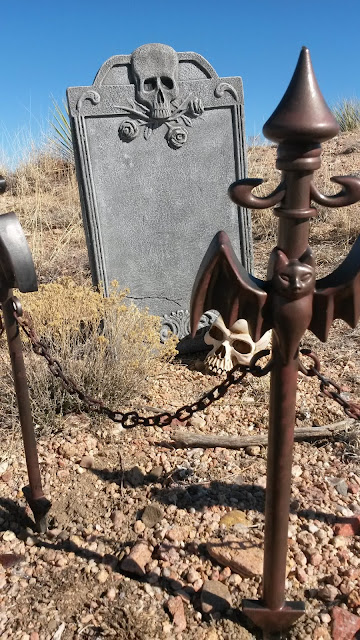$15 - $20 (based on 2014 prices)
Makes one mask
I made this mask a few years ago for Fasching (see the costume that accompanied it). The idea was to create a ghostly figure that embodied elements of an abandoned house: moth-eaten textiles, tattered curtains, and peeling wallpaper. The latter component worked its way into the mask, where I used layers of tea-stained paper to replicate the look of old, withered wall treatments and crumbling plaster. Although a tedious process, the final effect was well worth all of the effort and time.
- One Venetian carnival mask
- One 10 oz. can of interior/exterior, fast-drying spray paint in flat tan
- At least six pieces of 8” x 11.5” copy paper
- At least four tablespoons of black tea (e.g. Darjeeling, Earl Gary, English Breakfast, etc.)
- One pan large enough to soak the copy paper
- One 4 oz. bottle of all-purpose tacky glue*
- One 2 oz. bottle of acrylic paint in flat brown*
2. Boil enough water to completely submerge the copy paper and pour it into the pan. Add the tea. The longer you allow the tea to brew, the darker the stain will become. Likewise, greater amounts of tea will produce a richer stain. I found that a combination of English and Irish Breakfast brewed for over ten minutes produces a nice, deep brown. Submerge the paper into the tea mixture and soak it until it reaches the color you desire. I soaked mine for eight hours and scattered the loose-leaf tea over the top of the paper to add spots. Remove the paper from the water and allow it to dry. Although it can be time consuming, this process works best if you stain each sheet of paper individually. Additionally, this method gives you the chance to vary the degree of stain for each piece of paper, which adds further depth to the texture of the final mask.
3. Tear apart the paper and, using the tacky glue, adhere it to the mask. To enhance the visual impact, alternate the stains – adding plain white paper into the mixture – and build up layers with folds, holes, and shreds. This process is painfully lengthy and a major labor of love; however, the more time you spend on it and the more detail you apply, the greater the final product will appear.
4. Using a brush with splayed bristles, pat the brown acrylic paint onto the mask. Try to concentrate on spots where dirt would naturally accumulate: along the base of folds, around the edges of tears, and deep inside cracks. It might take a few coats and some modifications to the paint’s shade to achieve your preferred appearance.
*You will not use the entire bottle’s content for this project.














